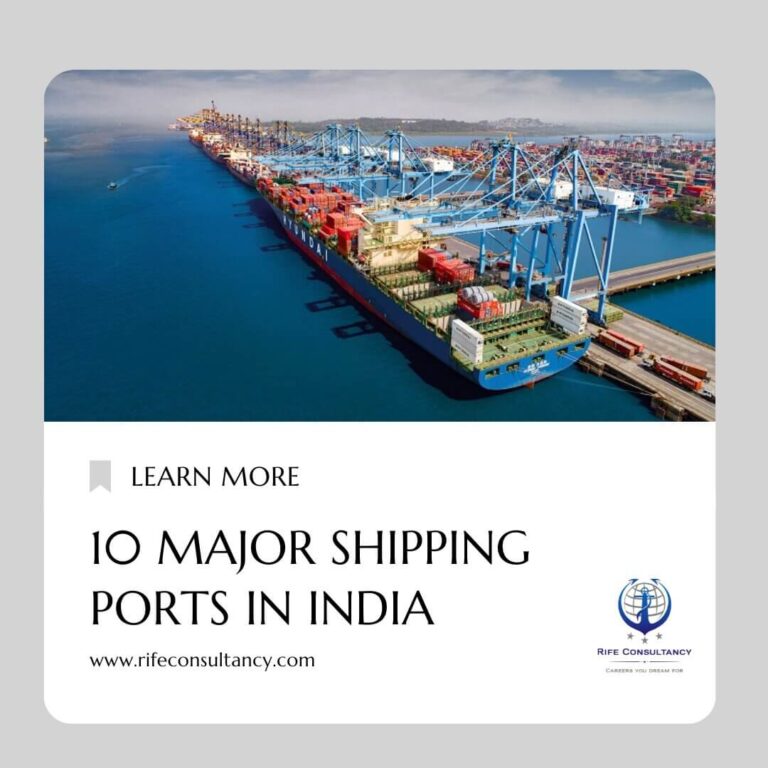
Top 10 Major Ports of India
Introduction
India, with its vast coastline stretching over 7,500 kilometers, is home to a network of ports that play a pivotal role in the nation’s economic development. These ports serve as gateways for trade, connecting India to the global market.
Table of Contents
Here Top 10 Major ports of India as follow
1.Mumbai Port
Mumbai Port, a thriving entry point for a variety of freight operations, is tucked away on Maharashtra’s west coast. It acts as a crucial hub for trade, linking India to the international market, thanks to its advantageous position and effective infrastructure.
- Location: Situated on the west coast of India, in Maharashtra.
- Types of Supply: Handles a diverse range of cargo, including liquid, container, and general cargo.
- Area: Spreads across 400 square kilometers.
- Advantages: Strategic location, well-connected to the hinterland, and efficient cargo handling.
- Companies: The Jawaharlal Nehru Port Trust (JNPT) plays a crucial role in developing and managing Mumbai Port.
- Impact on the Economy: Contributes significantly to trade, commerce, and industrial growth in the region.
2. Jawaharlal Nehru Port Trust (JNPT)
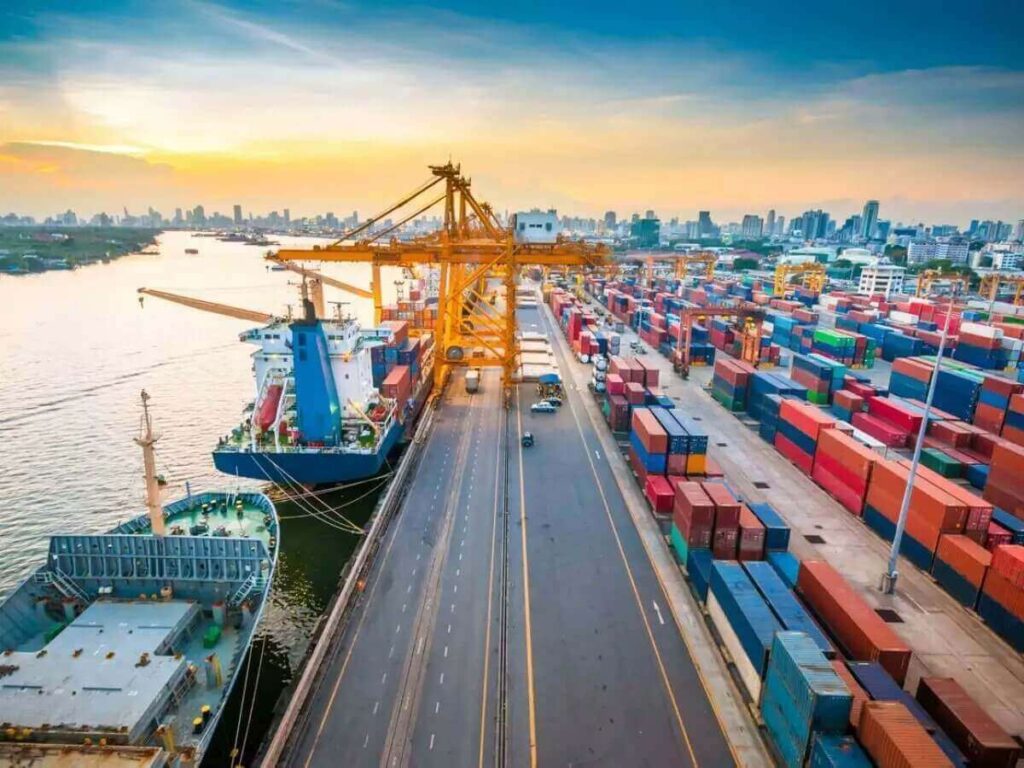
The JNPT is a massive container company that is located on the west coast, next to Mumbai Port. Its deep draft, contemporary infrastructure, and close proximity to important industrial hubs position it as a major facilitator of international trade, thus solidifying India’s economic connections.
- Location: On the Arabian Sea in Maharashtra, adjoining Mumbai Port.
- Types of Supply: Primarily a container port.
- Area: Covers 465 square kilometers.
- Advantages: Modern infrastructure, deep draft, and proximity to major industrial and commercial centers.
- Companies: Operated by the Jawaharlal Nehru Port Trust.
- Impact on the Economy: Acts as the key gateway for containerized cargo, facilitating global trade.
3. Chennai Port
Chennai Port, which is located in Tamil Nadu on the east coast, is a flexible commerce hub that can handle a wide range of cargo. It is the hub of global trade and industrial expansion due to its advantageous position, good connectivity, and sophisticated infrastructure.
- Location: On the eastern coast, in Tamil Nadu.
- Types of Supply: Handles diverse cargo, including containers, liquid, and bulk.
- Area: Spans across 232 acres.
- Advantages: Strategic location, excellent connectivity, and well-developed infrastructure.
- Companies: Chennai Port Trust oversees the development and operations.
- Impact on the Economy: Boosts industrialization, trade, and employment in the region.
4. Kolkata Port
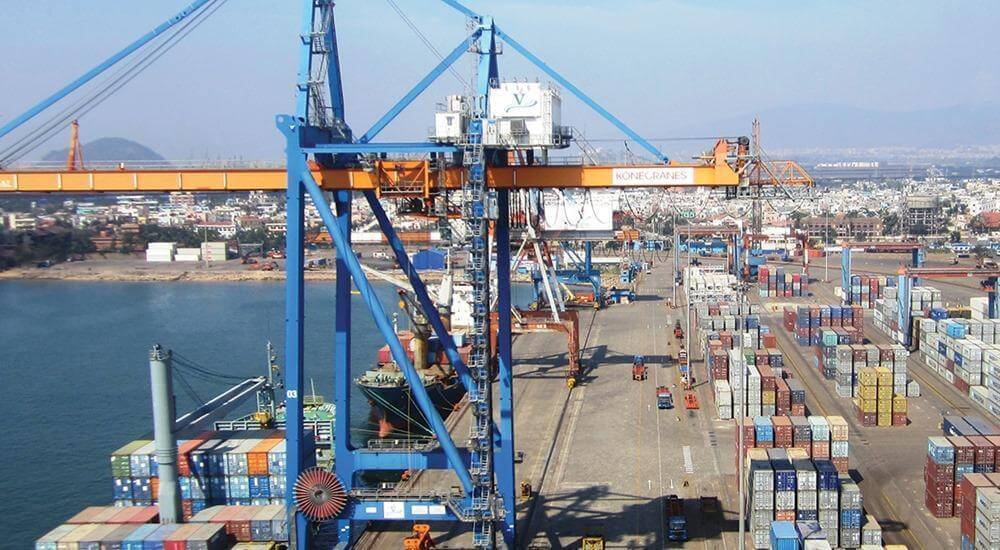
Kolkata Port, located on the eastern coast of West Bengal and rich in history, handles a wide range of commodities. Its riverine connectivity and close proximity to important industrial hubs make it a vital component of trade and economic growth in the eastern area.
- Location: On the eastern coast, in West Bengal.
- Types of Supply: Versatile, handling bulk, liquid, and container cargo.
- Area: Covers 2030 acres.
- Advantages: Proximity to major industrial centers, riverine connectivity, and historical significance.
- Companies: Kolkata Port Trust manages operations.
- Impact on the Economy: Facilitates trade in the eastern and northeastern regions, contributing to economic growth.
Also Read “Top 10 Cruise Line Companies of the World“
5. Paradip Port
On Odisha’s eastern coast, Paradip Port is a proud port that specializes in bulk freight. India’s energy and steel sectors reap substantial benefits from its deep draft, effective cargo handling, and close proximity to mineral-rich regions.
- Location: On the eastern coast, in Odisha.
- Types of Supply: Specializes in handling bulk cargo like iron ore, coal, and crude oil.
- Area: Extends over 2861 acres.
- Advantages: Deep draught, proximity to mineral-rich regions, and efficient cargo handling.
- Companies: Operated by Paradip Port Trust.
- Impact on the Economy: Major contributor to India’s energy and steel industries, fostering industrial development.
6. Vishakhapatnam Port
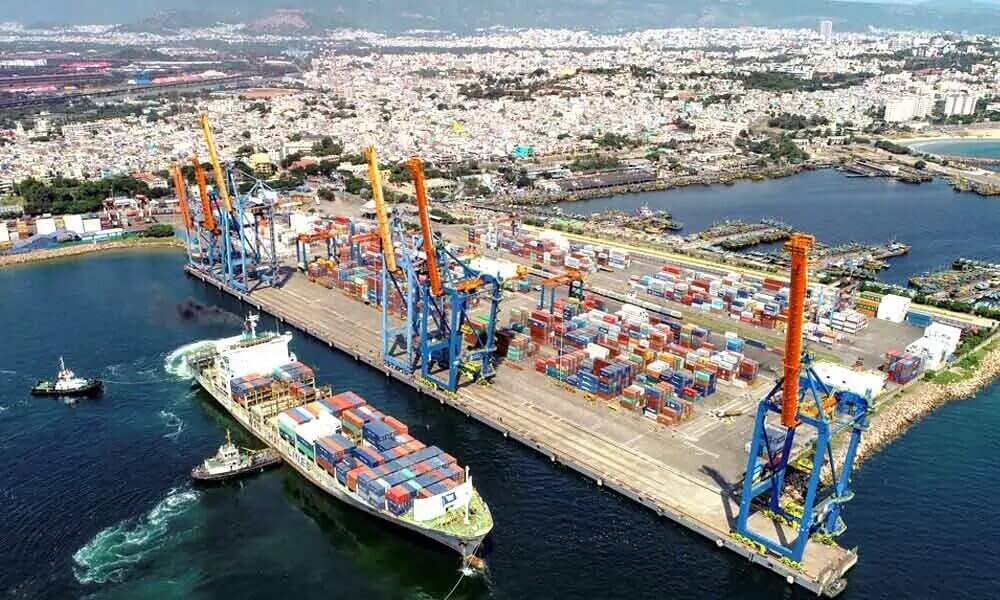
Vishakhapatnam Port, strategically located, has a deep draft, a natural harbor, and is tucked away on Andhra Pradesh’s eastern coast. It is essential for promoting trade and industrial development, especially in the states that border the Southeast.
- Location: On the eastern coast, in Andhra Pradesh.
- Types of Supply: Versatile, handling bulk, container, and general cargo.
- Area: Covers 200 square kilometers.
- Advantages: Natural harbor, deep draught, and strategic location.
- Companies: Vishakhapatnam Port Trust oversees operations.
- Impact on the Economy: Boosts trade and industrial growth, particularly in the southeastern states.
7. Kochi Port
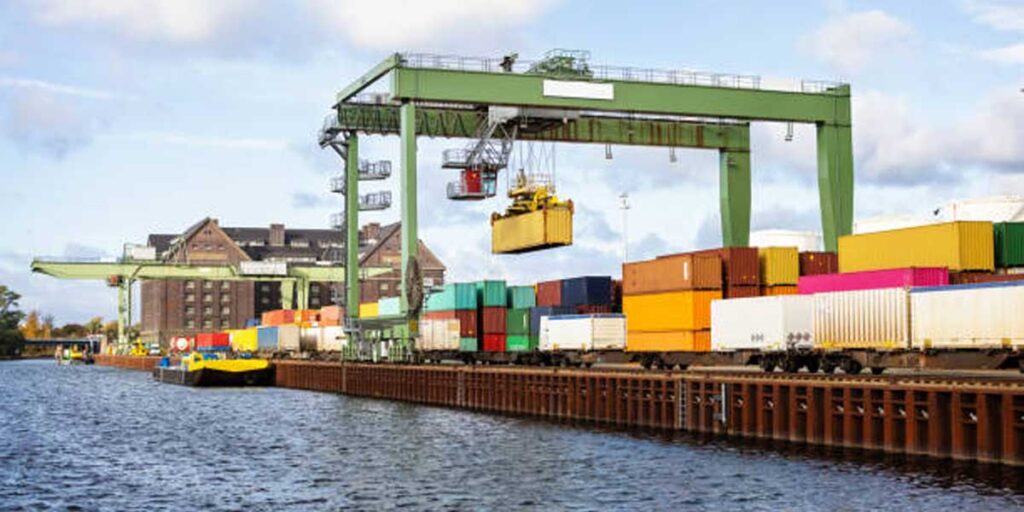
Kochi Port, a major trade hub that handles a variety of cargo, is situated on Kerala’s southwest coast. It is an important component of the southwestern region’s economic development because of its advantageous location, natural harbor, and accessibility to international shipping lanes.
- Location: On the southwestern coast, in Kerala.
- Types of Supply: Handles diverse cargo, including container, liquid, and bulk.
- Area: Spreads across 250 acres.
- Advantages: Strategic location, natural harbor, and proximity to international shipping routes.
- Companies: Cochin Port Trust manages operations.
- Impact on the Economy: Vital for the trade of goods to and from the southwestern region, contributing to economic development.
8. Ennore Port
On the eastern coast near Chennai, Ennore Port specializes in bulk cargo. With its strategic location, a dedicated coal terminal, and connectivity to the hinterland, it enhances the handling of bulk commodities, fostering industrial growth.
- Location: On the eastern coast, near Chennai, in Tamil Nadu.
- Types of Supply: Primarily a bulk cargo port.
- Area: Extends over 950 acres.
- Advantages: Strategic location, dedicated coal terminal, and well-connected hinterland.
- Companies: Ennore Port Limited operates and develops the port.
- Impact on the Economy: Enhances the handling of bulk commodities, fostering industrial growth.
9. New Mangalore Port
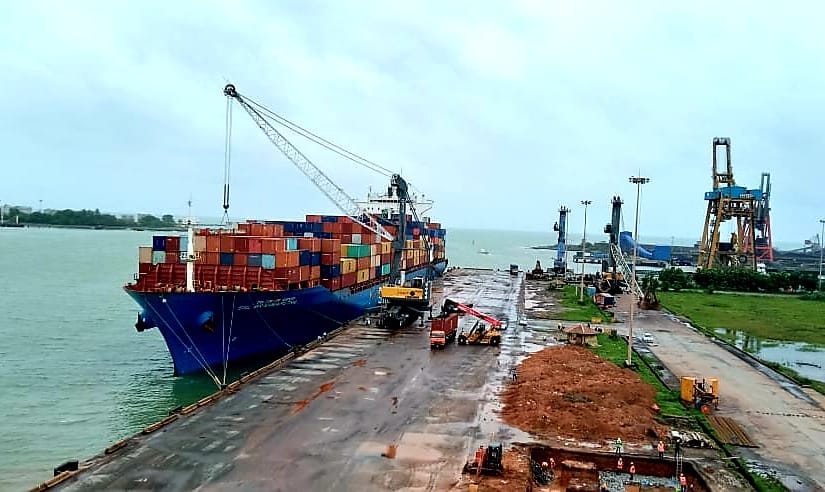
Karnataka’s New Mangalore Port is located on the state’s southwest coast and handles both bulk and container cargo. It is a major enabler of trade and industrialization in the area due to its deep draught, all-weather port status, and proximity to the western hinterland.
- Location: On the southwestern coast, in Karnataka.
- Types of Supply: Handles bulk and container cargo.
- Area: Spans across 180 acres.
- Advantages: Deep draught, all-weather port, and connectivity to the western hinterland.
- Companies: New Mangalore Port Trust manages operations.
- Impact on the Economy: Facilitates trade and industrialization in the western and southern regions.
10. Kandla Port
India’s largest port by volume is Kandla Port, which is located in Gujarat on the country’s northwest coast. It plays a vital role in managing imports and exports and considerably boosts economic activity in the northern and western regions thanks to its accessibility to important industrial centers and its status as an all-weather port.
- Location: On the northwestern coast, in Gujarat.
- Types of Supply: Primarily a bulk cargo port.
- Area: Covers 206.37 square kilometers.
- Advantages: Largest port by volume, connectivity to major industrial centers, and all-weather port.
- Companies: Kandla Port Trust oversees operations.
- Impact on the Economy: Plays a crucial role in handling imports and exports, contributing significantly to economic activities in the northern and western regions.
Future Outlook
The future of these Major ports of India looks promising, with ongoing efforts to enhance infrastructure, adopt technology, and streamline operations. The government’s focus on the Sagarmala project, aimed at modernizing ports and improving connectivity, is expected to further boost the efficiency of these ports. Additionally, the emphasis on sustainability and environmental concerns is likely to shape the future development of these ports, making them more resilient and eco-friendly.
Conclusion
major ports of India are not just gateways for trade but are instrumental in shaping the economic landscape of the nation. As they continue to evolve and adapt to changing global dynamics, these ports will remain crucial pillars supporting India’s journey towards economic prosperity.
Click here to join our Telegram chanel
You will get information, news, and support related to Merchant Navy.
